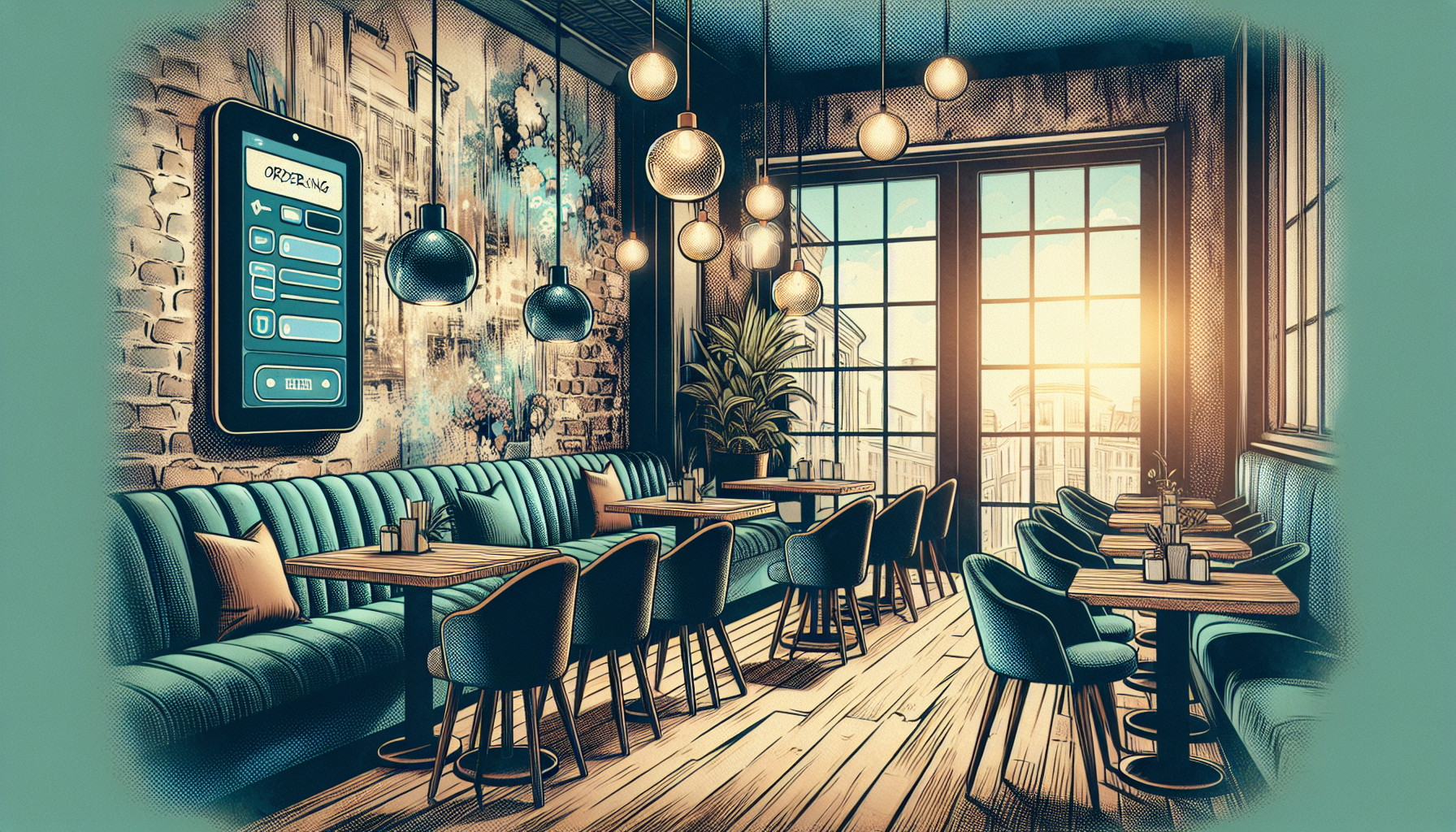September 8, 2024

Restaurant design is undergoing a significant transformation, adapting to the changing preferences of modern diners. Today's patrons seek more than just good food; they crave immersive experiences that engage all their senses. This shift has prompted restaurateurs to rethink their approach to design, blending aesthetics with functionality to create spaces that are both visually appealing and operationally efficient.
One of the key drivers of this change is the integration of technology. From digital menus to smart lighting systems, tech is playing an increasingly important role in shaping the dining experience. For instance, our 24/7 AI Phone Agent at Loman.ai is revolutionizing how restaurants handle customer interactions, ensuring no call goes unanswered and enhancing overall service efficiency.
These elements work together to create a cohesive environment that appeals to the modern diner's sensibilities while also improving operational efficiency.
While visual appeal is crucial, it's equally important to ensure that the design supports the restaurant's operational needs. This balance can be achieved through thoughtful space planning and the strategic use of technology.
For example, implementing a voice AI system like the one offered by Loman.ai can streamline customer interactions without compromising the restaurant's aesthetic. This technology handles calls, takes orders, and manages reservations, allowing staff to focus on providing exceptional in-person service.
Some forward-thinking restaurants are pushing the boundaries of traditional design, incorporating elements that create unique dining experiences:
These innovative approaches not only attract customers but also set restaurants apart in a competitive market. For more inspiration on cutting-edge restaurant design, check out this gallery of beautiful restaurants from Architectural Digest.
Technology is no longer just a back-of-house tool; it's becoming an integral part of the dining experience. From mobile ordering systems to AI-powered service solutions, tech is reshaping how restaurants operate and interact with customers.
Voice AI, in particular, is emerging as a game-changer for restaurants. By handling phone calls and managing reservations, it frees up staff to provide more personalized attention to in-house diners. This technology, like the solution offered by Loman.ai, seamlessly integrates into the restaurant's operations without disrupting the carefully crafted ambiance.
Sustainability is becoming a central focus in restaurant design, reflecting growing environmental concerns among consumers. Restaurants are incorporating eco-friendly materials, energy-efficient appliances, and waste reduction systems into their designs.
Some sustainable design practices include:
These practices not only reduce the restaurant's environmental impact but can also lead to significant cost savings over time. For more information on sustainable restaurant design, visit the U.S. Green Building Council's guide on green restaurants.
As we look to the future, restaurant design will continue to evolve, driven by changing consumer preferences and technological advancements. The most successful restaurants will be those that can adapt quickly to these changes while maintaining a strong brand identity.
One trend that's likely to gain traction is the concept of hybrid spaces that can transition from day to night, serving multiple purposes. This flexibility allows restaurants to maximize their space and appeal to a broader range of customers throughout the day.
Another important consideration is designing for off-premise dining. With the rise of delivery and takeout, restaurants need to create spaces that can efficiently handle these orders without disrupting the in-house dining experience. This might include dedicated pickup areas or separate kitchens for delivery orders.
Revamping restaurant design for modern dining is a complex but rewarding process. It requires a careful balance of aesthetics, functionality, and technology to create spaces that delight customers and support efficient operations. By embracing innovative design concepts, sustainable practices, and cutting-edge technology like AI phone agents, restaurants can position themselves for success in an ever-changing industry.
As you consider updating your restaurant's design, remember that the goal is to create a cohesive experience that reflects your brand and meets the needs of your customers. And don't forget to explore how technology solutions like Loman.ai's AI Phone Agent can complement your design efforts by enhancing customer service and operational efficiency.
Costs can vary widely depending on the scope of the project, ranging from $50,000 for minor updates to over $1 million for a complete overhaul. It's best to consult with a professional designer for a more accurate estimate based on your specific needs.
While there's no hard and fast rule, many experts recommend refreshing your restaurant's look every 5-7 years to stay current and maintain customer interest. However, smaller updates can be made more frequently to keep the space feeling fresh.
Absolutely. Technologies like AI phone agents, digital ordering systems, and inventory management software can significantly improve operational efficiency. For example, Loman.ai's AI Phone Agent can handle customer calls 24/7, freeing up staff to focus on in-person service and other critical tasks.
Sustainability is increasingly important to consumers and can be a key differentiator for restaurants. Implementing sustainable design practices not only appeals to environmentally conscious diners but can also lead to long-term cost savings through reduced energy and water usage.

Enter your information in the form to receive a call from Loman and place an order like a customer would!